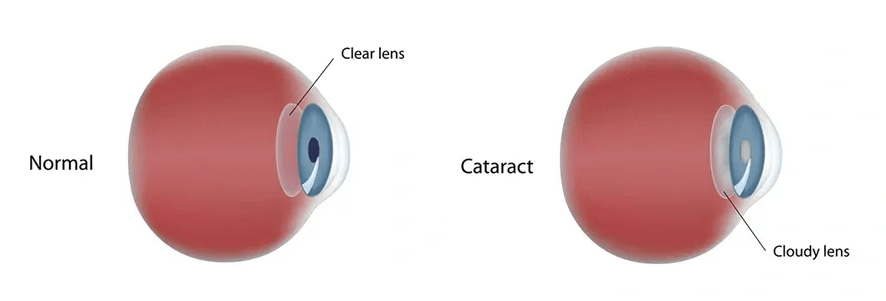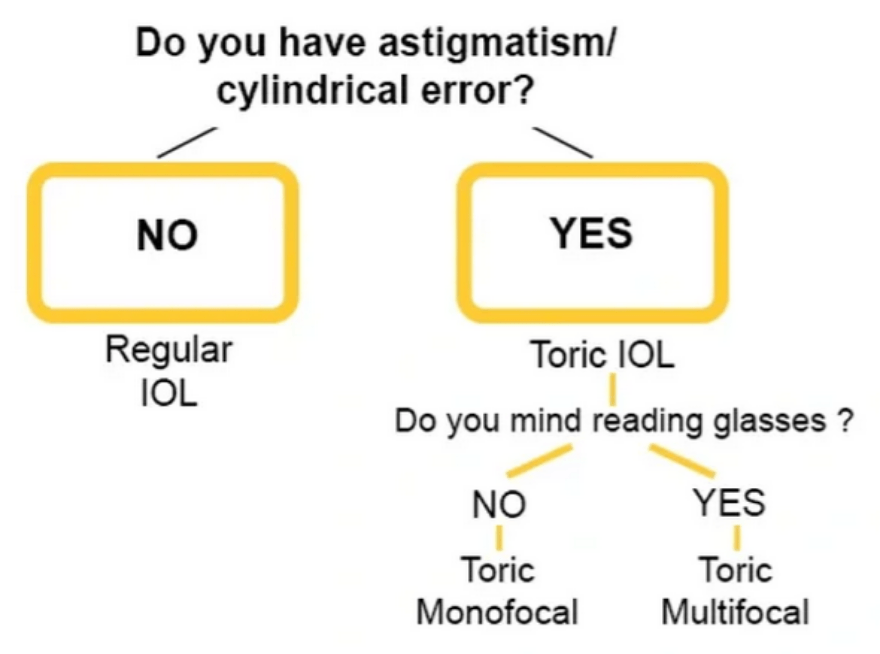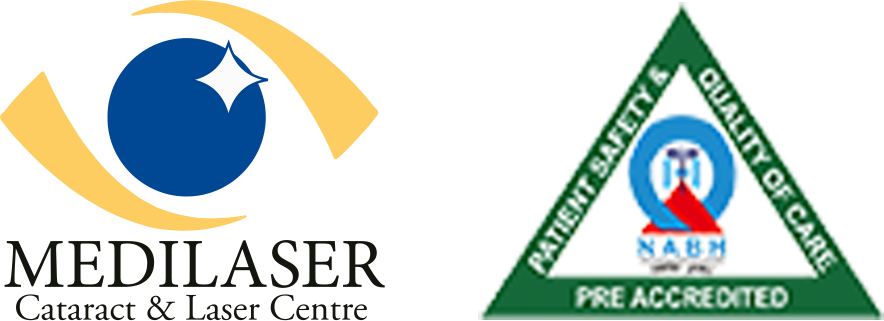Cataract Surgery
What is Cataract Surgery

What is a Cataract?
A Cataract is a clouding of the normally clear lens of the eye. Ageing is the most common cause of cataract. Other causes include trauma, medications such as steroids, diabetes, prolonged exposure to ultraviolet light. Occasionally babies are born with a cataract
Cataract Surgery
The cloudy lens of the eye is replaced with an artificial, foldable, specially measured intraocular lens (IOL) to restore vision. The procedure Phacoemulsification removes the cataract through a very small tunnel incision under topical anaesthesia (no injection, no stitch, no patch after surgery). It is usually a painless, bloodless procedure with rapid visual recovery. It is carried out as an outpatient daycare procedure and allows the patient to resume his routine in a week’s time
Symptoms of Cataract
Blurring of vision, Glare, Difficulty in night vision, Double vision, Frequent change of glasses, Better near vision without the need for reading glasses
Step By Step Procedure
STEP1

Access to Cataract :
Make a few small incisions
STEP2

Removal :
Breakup and remove the clouded lens
STEP3

Replacemen :
Implant a new, clear intraocular lens


Pros of Cataract Surgery

FDA Approved

Bladeless

Flapeless

Painless

Fast recovery

No Dry Eyes
Frequently Asked Questions
Cataracts grow gradually with the slow blurring of vision that is not correctable by glasses. Some people get their vision quickly deteriorated, with difficulty in nighttime driving, glares, halos and overall foggy vision.
Cataract does not spread from eye to eye but it often develops in both eyes together or after a brief gap.
Cataracts very commonly occur in adult life. These are age-induced cataracts and may develop after 40 years of age. But not all people develop a cataract in old age and not all who develop it require treatment.
It happens in rarest of rare cases.
Cataract generally develops in one eye faster than the other, so it is advisable to operate the one in worse condition first.
Since laser operations like LASIK and PRK are done to improve vision without the need for glasses, it is important to inform your cataract team beforehand.
